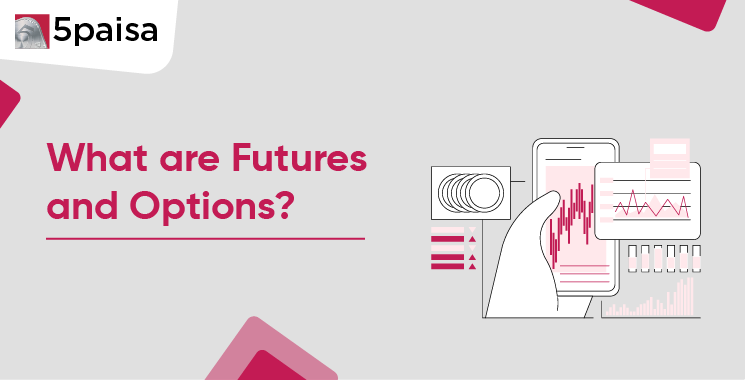Content
- Introduction
- Understanding F&O Meaning in Detail: What is F&O?
- Difference between Futures & Options
- Futures and Options Trading for Beginners
- Types of Futures Contracts
- Types of Options Contracts
- Who should invest in Futures & Options?
- Examples of Options and Futures?
- Risk Management in Futures and Options Trading
- Futures Options - Points to Remember
- Conclusion
Introduction
Futures and Options (F&O) are sophisticated financial derivatives that play a pivotal role in India’s capital markets, offering tools for hedging, speculation, and arbitrage. With growing participation from both institutional and retail investors, F&O instruments on the NSE (National Stock Exchange) and BSE (Bombay Stock Exchange) have become essential for managing risk and leveraging exposure.
Let’s explore the nuanced differences between the two, along with contract types relevant to the Indian financial ecosystem.
More Articles to Explore
- Difference between NSDL and CDSL
- Lowest brokerage charges in India for online trading
- How to find your demat account number using PAN card
- What are bonus shares and how do they work?
- How to transfer shares from one demat account to another?
- What is BO ID?
- Open demat account without a PAN card - a complete guide
- What are DP charges?
- What is DP ID in a demat account
- How to transfer money from demat account to bank account
Disclaimer: Investment in securities market are subject to market risks, read all the related documents carefully before investing. For detailed disclaimer please Click here.
Frequently Asked Questions
F&O is a highly leveraged investment instrument, and it is safe till you keep in mind that the margin implications work similarly in profits and losses.
Typically, you can hold an F&O contract till the last Thursday of every month.
With more leverage, the potential to earn money in F&O is more.
Depending upon the trader’s understanding, they can choose futures or options. Futures are relatively straightforward but might have unlimited downsides than options.
Futures turnover = Sum of positive and negative differences.
Options turnover = Net of profit and the premium paid/received.



